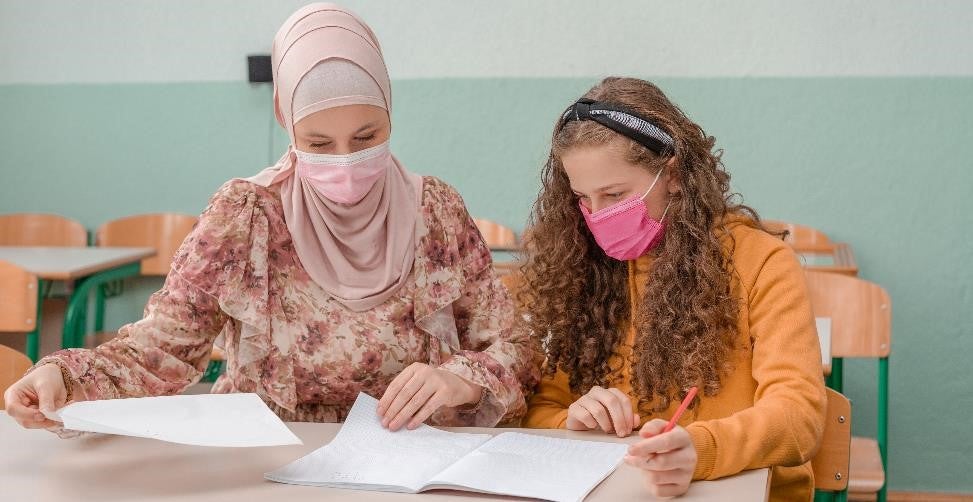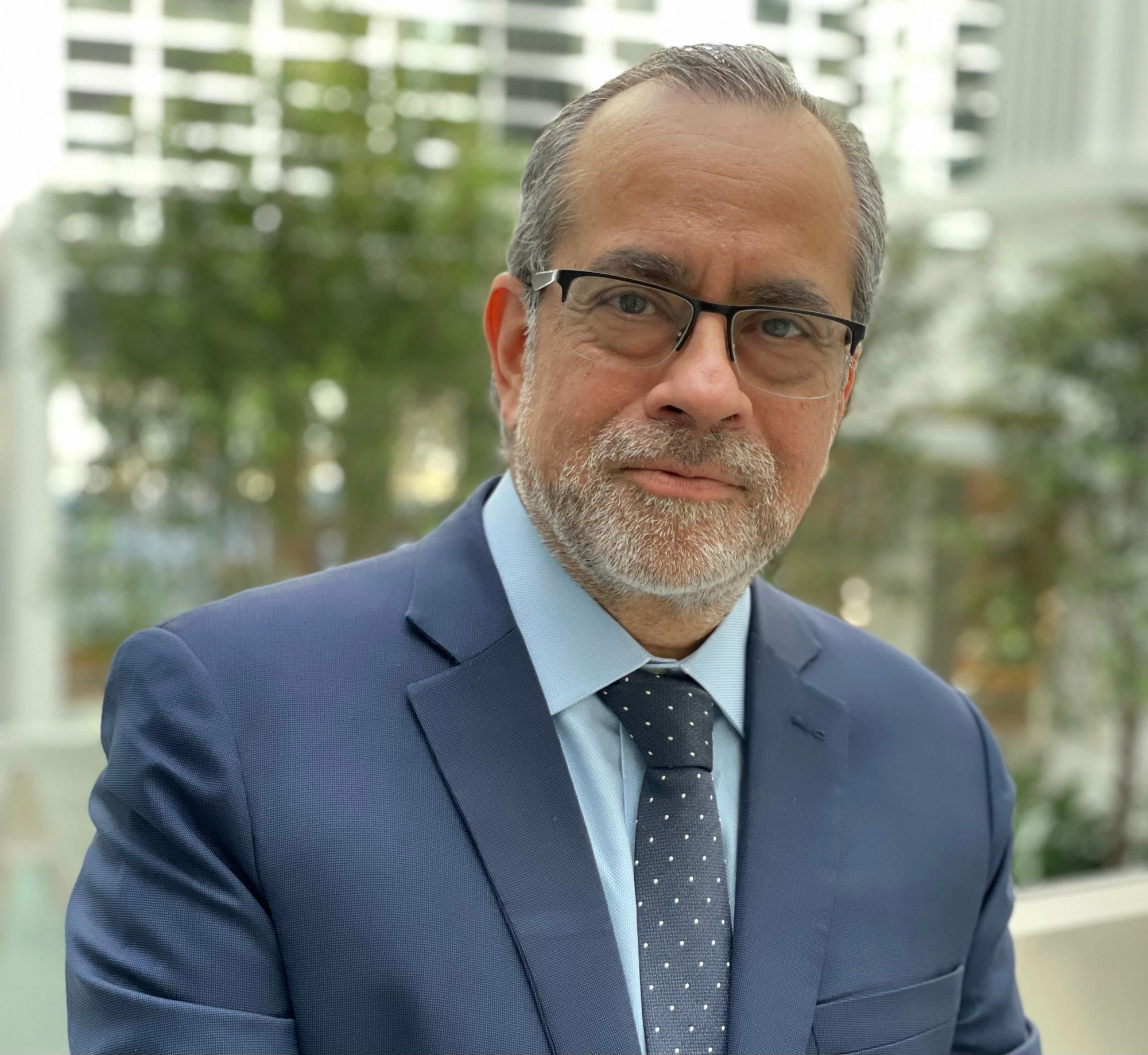 Teachers will need to address the unique needs and different levels of learning of their students. Photo credit: Shutterstock
Teachers will need to address the unique needs and different levels of learning of their students. Photo credit: Shutterstock
The COVID-19 pandemic has turned the education world upside down. We are living through a massive disruption in the lives of millions of students, teachers, principals, and parents. Draconian school closures started in March 2020, some lasting 4 or 5 months, others – too many – almost two years.
Immense negative impacts on learners
The school as a space of social interaction disappeared from the lives of millions of children and young people, in particular, four- or five-year-olds who were going to learn critical socialization skills. You are never five again, so that lost learning will never be recovered. Since the writings of Jim Heckman, it has been widely recognized that the education investments with the highest private and social returns are those in early childhood, and those investments went down to zero – literally, not metaphorically. The school as a social space also disappeared for primary- and secondary-school kids who will never forget the isolation they went through. We have learned the hard way that education, at its core, is about human interaction. Good teachers foster creativity, curiosity, and eagerness to learn. Can that be achieved remotely? Maybe, if you have a good internet connection – something 1.3 billion school-aged children lack at home. But, even then, it can never be accomplished exclusively through remote learning. The magic of learning that happens in the interaction between teachers and students is gone.
Closing schools was a public policy decision taken in early 2020 when we were navigating a sea of ignorance. Nobody knew whether school closures were useful to fight the pandemic. Evidence is starting to appear that it might not have helped in the fight against the pandemic at all. At best, the benefits have been very small. On the other hand, almost no one considered the costs fully. Schools simply had to close, and then we would figure out what to do.
Diverse experiences with remote learning
As schools closed, countries started figuring out what to do, and various modes of remote learning appeared nearly everywhere. There have been some success stories. In Gujarat, India, state-of-the-art digital support centers for schools were set up, leveraging extensive use of big data analysis. They responded quickly by distributing material and implementing personalized remote education that adjusted to the learning needs of each student. Edo State in Nigeria deployed mobile-based remote learning with a suite of interactive lessons, self-study packets, and strong support both to teachers and parents, as well as materials for those who could not reach digital resources. The unanticipated switch to remote learning spurred innovations offering valuable lessons for the integration of technology in education post pandemic. Despite these laudable efforts to continue learning, overall, internet connectivity rates were low, and the effectiveness of radio and TV efforts limited. The ineffectiveness of remote learning was particularly concerning, as school closures began being no longer measured in weeks, but in months and years.
Even countries that had adequate technology, connectivity, and resources understood that in-person education was critical. The best prepared countries were the ones that opened faster, even before a vaccine was in sight. Uruguay was undoubtedly the country in Latin America best prepared for remote learning. Over the past ten years, it has invested in improving digital infrastructure, digital content, and teacher capability. It is true that it was done with the idea of complementing in person education; but still the investments made the country better prepared to shift to online schooling. Yet, Uruguay was also the first country in Latin America to start reopening schools. Doing so was difficult, but opening schools was a political priority for the government. Nordic countries, with close to 100% broadband connectivity and better ed tech readiness than most others, opened quickly with some schools adopting a hybrid model. Initially, not all students returned, but there was a strong sense of urgency. Moreover, throughout the pandemic, Sweden never closed schools for children below 10th grade, posing the following question: Is there any evidence that closing schools helps? If there isn’t, why should children be the ones to bear the costs?
In other parts of the planet, governments went in the opposite direction. From Uganda, to Peru, to Bangladesh, and the Philippines, school closures were remarkably long. Uganda finally reopened schools in January 2022. Bangladesh, which was just reopening, is now closing again due to Omicron. The Philippines had reopened only 1% of schools by November 2021. Peru is still waiting until March 2022, the start of the regular school year, as if this were regular times. Overall, South Asia, Latin America, and the Middle East are seeing, on average, more than 260 school days lost. And this figure keeps growing as the re-openings are still pending in many countries.
Extensive and unequal costs of closing schools
Schools should reopen and must remain open. Nearly two years into the pandemic, the evidence is undeniable - there is little or no benefit to keeping schools closed. But the costs are mounting.
First, children might not come back to school, and their whole educational trajectory could be derailed. As schools reopen, a fear is that many students might not come back. Many students, particularly secondary school-aged, who have been disengaged from the education experience for almost two years might now be working, and they might have completely lost the connection with the education community. Aggressive communication campaigns are needed, at-risk students must be identified, and cash transfer programs to bring those kids back to school should expand.
Second, learning poverty is increasing. The pre-pandemic school systems were not all delivering learning. They were leaving more than half of 10-year-olds in low- and middle-income countries in learning poverty – that is, unable to read and understand a simple story. With the added loss due to school closures, and the evidence of the weak impact of remote learning, we now project that unless school systems react aggressively, the learning poverty figure could reach up to 70 percent. Moreover, new data for systems like San Paulo (Brazil), Karnataka (India), and South Africa corroborate that losses are real, are large, and are unequal.
Third, in the same way that the pandemic has increased inequality across countries, as some have gone through much longer school closures than others, inequality has also increased dramatically within countries. The school as a space of equalization of opportunities, as a space where a level playing field is created for children from different social backgrounds, disappeared. At home, each child experienced the pandemic in their own way. The well-off children who had an internet connection, a computer, books, a space to work, a good home environment, and supportive parents had an imperfect yet reasonable education experience. But most children got close to nothing. Technology, which has the potential to be the great equalizer in education, has become a great divider during the pandemic.
The recovery will take more than simply reopening schools. Schools must be transformed. And the transformation is about shifting the mindsets of authorities, administrators, teachers, and principals. The home learning experiences during closures would have been different for each child, and teachers will need to address the unique needs and different levels of learning. They will need to focus on teaching foundational skills, providing socioemotional support, and making learning more efficient.
Inequality could grow even more if we do not invest aggressively in campaigns to bring all children back to school, and if we do not provide them with the right support and stimuli in the classroom. Digital technology can be a great ally. It has the potential to accelerate learning if complemented with mass internet connectivity, devices for all, and, more importantly, the human infrastructure – teacher training, students’ digital skills, and parental support. A dynamic and diverse ecosystem of collaborators that has emerged during this pandemic has spurred the appearance of technology-based pedagogical innovations and remote learning tools. But the risk is that this dynamism might improve the educational delivery only for those who have already embraced technology today.
Way forward
We are at a critical juncture when a window of opportunity to improve education systems is open wide. But if that transformation doesn’t happen, we run the risk that some school systems, or some schools within a system, adapt to the challenges and accelerate learning, while others are left behind. Avoiding those divergent paths and ensuring that all children receive the right support they need today, requires very strong political commitment and strong and wise leadership in all countries. Transforming education is not easy. In fact, it is one of the toughest challenges of social policy one could think of.
The pre-pandemic status quo of low and unequal learning opportunities was morally unacceptable; the current situation is even more intolerable. Students are the silent victims of the pandemic. Swift action to prioritize learning recovery for all children is urgently needed. If we do not act now, soon enough we will see that the biggest impact of the pandemic ended up being a smashing blow to the future of this generation.
Learn more about our response to COVID 19: https://www.worldbank.org/en/topic/education/coronavirus


Join the Conversation